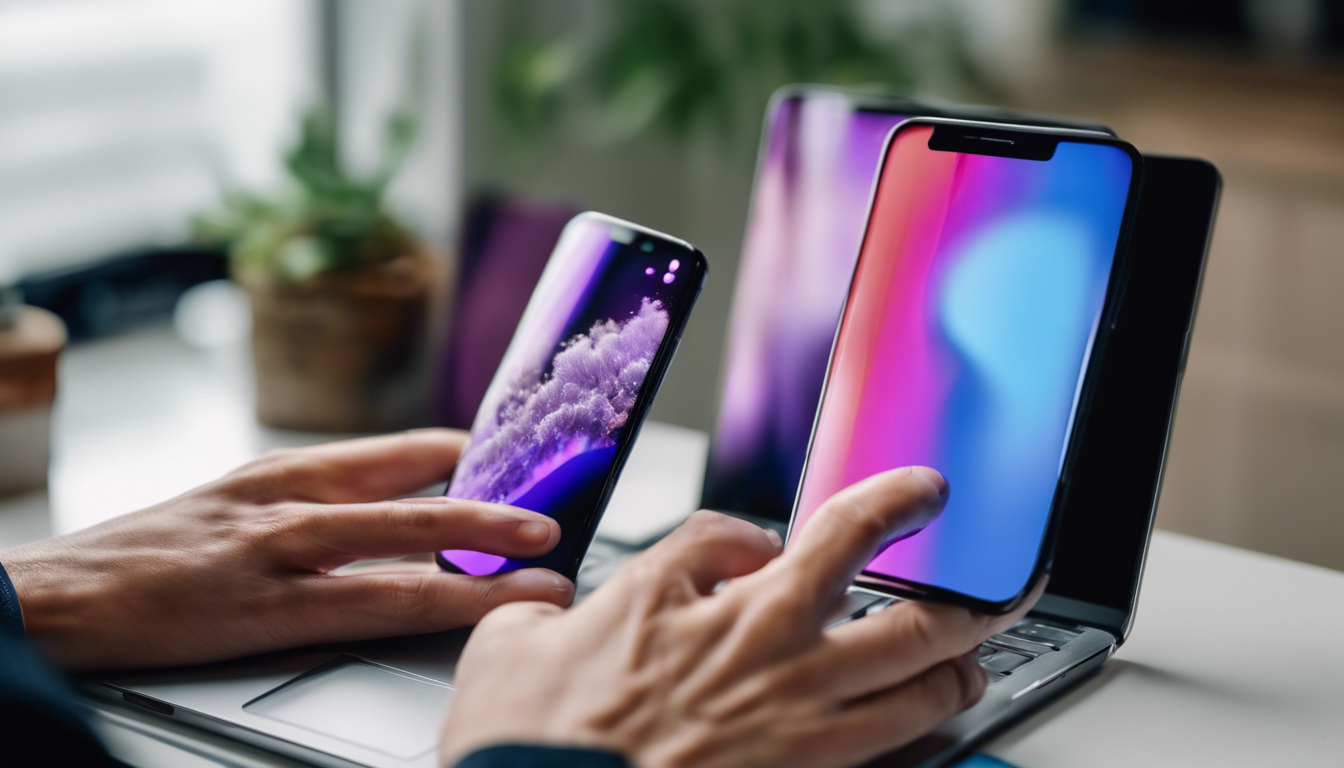In recent years, the refurbished smartphone market has gained significant traction, offering consumers budget-friendly options without compromising on technology. Refurbished devices are not just pre-owned products; they have been tested, cleaned, and sometimes upgraded by professionals to ensure they meet the high standards expected from new devices.
One of the key factors driving the growth of this market is the sustainability aspect. In a world increasingly aware of environmental issues, refurbished smartphones are seen not only as economically viable but also environmentally friendly. By purchasing a refurbished phone, consumers contribute to reducing e-waste and conserving resources.
When discussing models, the refurbished market features a wide range from budget phones to flagship models. Popular models include the iPhone series, particularly the iPhone X and iPhone 11, which maintain high demand despite newer models being released. On the Android side, Samsung’s Galaxy S10 and Google Pixel 4 also make the list for their enduring performance and software updates.
Current market evaluations indicate a robust competition among certified retailers like Amazon Renewed, Gazelle, and local startups that are making a significant impact with competitive pricing and warranty offers. These retailers generally provide a 12-month warranty, ensuring buyers are covered for any unexpected malfunctions.
Moreover, the price benefit is undeniable. Consumers can save anywhere from 20% to 50% off the retail price of a new smartphone by opting for a refurbished model. This price efficiency makes high-end technology accessible to a wider audience, making it an attractive option for tech enthusiasts and budget-conscious consumers alike.
Speaking of guarantees, purchasing a refurbished smartphone with a quality assurance certificate is crucial. This certificate often assures that the phone has passed rigorous testing processes, covering everything from battery health to software functionality, ensuring a reliable purchase.
Several online marketplaces now also offer extensive return policies and additional services like tech support to enhance buyer confidence. For instance, some platforms provide a detailed report of the phone’s condition, including any cosmetic imperfections and battery performance, helping consumers make informed decisions.
Geographically, the trend for buying refurbished phones varies. In Europe and North America, these devices see higher demand due to the high cost of new smartphones and the general consumer awareness regarding environmental issues. In Asia, the trend is rapidly catching up, driven by an expanding e-commerce sector and increasing consumer trust in refurbished products.
Analyzing the cost-quality ratio, some of the best deals can be found on models that are one to two years old. These devices strike an optimal balance between modern features and depreciated price, making them the best value for money. For instance, the iPhone 11, refurbished, is presently one of the best offers on the market, providing superior camera quality and processor speed at a significantly reduced price.
In conclusion, the refurbished smartphone market offers a plethora of options for every type of consumer. Whether it’s flagship phones at half the price or budget models that defy their cost, the market is ripe with opportunities. Consumers looking to make an environmentally friendly, cost-effective, and smart technological choice are increasingly turning to refurbished smartphones as a viable option.

